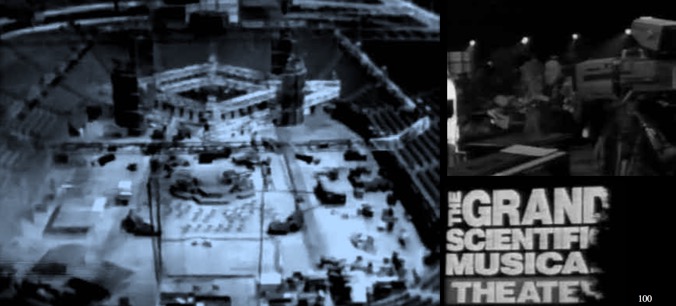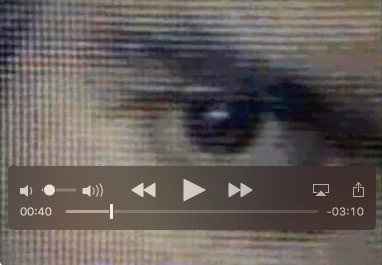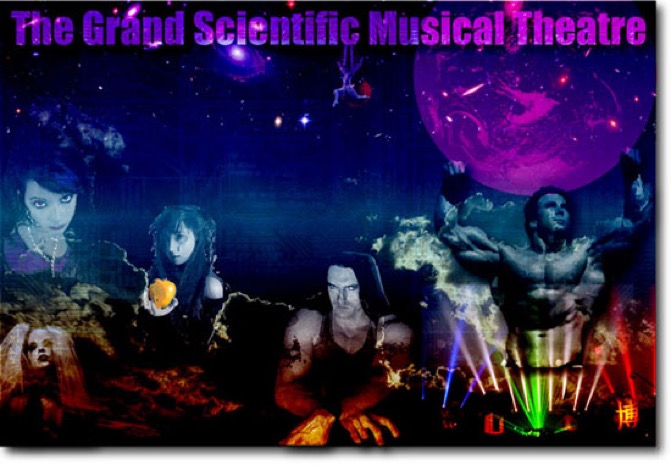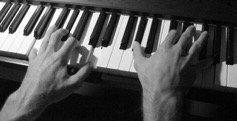
In October of 1992 I was involved in a 4-hour live concert that marked the beginning of the digital media revolution. It was named The Grand Scientific Musical Theatre. The “GSMT,” as it was nicknamed, was the brainchild of Scott Page, former sax player for rock band Pink Floyd, and George Grayson, the president and cofounder of Micrografx, the graphics software company where I worked in those days. It was held at the Thomas & Mack Center in Las Vegas in parallel with the COMDEX computer trade show that year. As a bene t concert held immediately after the annual Micrografx Chili Cook-off, the GSMT was intended to demonstrate how the entertainment and computer industries could work together to create new kinds of digital media experiences.
From prior years, the Micrografx Chili Cook-off was well known and well attended by the computer industry. Companies were invited to compete with their best chili recipe while attendees watched armadillo races and listened to the music of the not-yet-famous Dixie Chicks. There was always some surprise, such as the previous year’s appearance of George “Spanky” McFarland from the 1930’s-40’s Our Gang and The Little Rascals.
As with all company events, the challenge was to dream up something bigger and better each year. To encourage participation and contribute to a good cause, it was decided that year to make it a charity for The National Center for Missing and Exploited Children, a favorite charity of IBM. Of course, they immediately agreed to be the lead sponsor.
Software companies signed up left and right to cook their chili and watch the show, even though no one had any idea what was in store. Leading production and technology companies came on board to create the “scientific theatre” part of the show while big name entertainment acts contributed their time to the cause. With last minute help from Scott’s friend, music producer Bob Ezrin (of KISS, Pink Floyd and Alice Cooper fame), the project began to take shape.
On the visual technology front, Sun Microsystems would generate real-time 3D animation on a cylindrical display tower powered by their latest high-end graphics computer aptly named the Reality Engine. A 3D virtual talking head technology was also showcased by comedian Charlie Fleischer (voice of cartoon character Roger Rabbit) and displayed on more than a dozen large screens arrayed around the coliseum. To cover the action, a dozen video “swarm cams” roamed the floor piping live feeds into an 18-wheel mobile production studio in the back parking lot where everything was mixed in real time and piped back into the arena to create a MTV-style video collage of the performance.
The audio system boasted the latest in 3D surround sound, complete with speakers mounted above the floor and focused on every angle of the circular arena. The show lighting system, on loan from rock group Genesis, featured a state-of- the-art computer-controlled Vari-lite system showcasing the then-new capability of individually swiveled and switched lights. In 1992, this kind of audio/ visual experience was groundbreaking compared to anything else available at the time – or maybe even since. The musical entertainment was not too shabby either.
Performers for the GSMT included the Nevada Symphony introduced by the governor of Nevada. This was followed by a couple of popular Los Angeles DeeJays interviewing and introducing various ensembles, including the Tower of Power horns, Jeff Porcaro from Toto, Jeff “Skunk” Baxter of the Doobie Brothers, John Entwistle of The Who, The Edgar Winter Band (playing Frankenstein), Todd Rundgren (Hello It’s Me), Jon Anderson of Yes, Graham Nash of The Hollies and CSN&Y, Flo and Eddie of The Turtles (So Happy Together), contortionists from Cirque du Soleil and more.
There was even a group of dancers on a side stage wearing glow-in-the-dark body suits that triggered a MIDI synthesizer as they moved. The whole thing truly was a spectacular scientific and musical experiment, justifying the name coined in 1871 by P.T. Barnum for the world’s first circus: Barnum’s Grand Scientific and Musical Theatre.
The original Grand Scientific Musical Theatre in Las Vegas
For four hours a stunned crowd of more than 10,000 computer pioneers from IBM, Microsoft, Micrografx, Intel, Oracle, Novell, Sun Microsystems, Apple, Adobe and many others watched the event unfold. Executives representing the future of the computer industry were in attendance, not the least of which was David House (General Manager of Intel), Jim Cannavino (head of IBM Personal Systems Division) and Bill Gates with soon-to-be wife Melinda French.
It was here in the darkened coliseum while watching the show that it first dawned on me the line between physical and virtual was starting to blur. That was when I first saw how computers would pull society further and further away from the natural world. But it was also when I began to ponder how they might also bring us back. I imagined a tipping point when virtual reality finally became so real that it would be indistinguishable from physical reality, spilling Nature’s secrets out for all to see.
As these strange ideas swirled around in my head, I imagined the standing waves and perfect geometric forms of the music I was hearing projected onto the theatre’s screens instead of the pretty but meaningless pop-art images being shown. In the theatre of my mind, each song would create its own virtual reality as geometrical objects tumbling through a vibrating landscape of intersecting waves and patterns. In this inner realm, I could see melodies growing as a flower, intervals pumping like a beating heart and chords carving out the shape of some primitive life form. Higher up in the hierarchy, I envisioned rich orchestrations and timbres materializing into the physical archetypes of planets, plants, pets and people, giving the audience a glimpse into an invisible mythological realm.
Maybe this would become the vision that could stitch together a fragmented society, I thought, bringing with it a new mythos of cultural awareness and social coherence. Maybe this would be the real Grand Scientific Musical Theatre for which the world had been waiting.
The after party was amazing. It was the first significant mixing of key figures from both industries with everyone overwhelmed and breathless by what they had just seen. Intel’s David House – the one who coined the slogan “Intel Inside” – claimed this was “a defining moment for the computer industry” while computer journalist Stewart Alsop commented “it was a very significant event.”
Everyone left that night with a common vision of what was proclaimed as “our multimedia future.” That is, everyone except the Micrografx Board of Directors who in the interest of staying focused on the company’s graphics software business
put a halt to any further investment in digital entertainment.
Within a couple weeks of the show, George had resigned from Micrografx because of a disagreement on direction. I immediately joined him and his partners, Scott and Bob, to catch the next wave in interactive digital media. In our new interactive entertainment and education company named 7th Level, we were determined to deliver on the promise of the GSMT by creating interactive content for CD-ROMs and the fledgling World Wide Web.
My dreams of combining art, music and interactivity into a digital media software company had finally materialized, though I knew any thoughts of working on harmonic theory or music perception would have to wait a while longer.
It wasn’t until 2006 that I was filnally able to return to my harmonic studies, publishing Interference – A Grand Scientific Musical Theory in 2009. Today, my waking dream is to produce a second live concert named The Grand Scientific Musical Theatre. Only this time, it would be founded on the science of musical perception and philosophy of neo-mythical harmonic archetypes, not unlike the concert described in the story.
Concept Illustration for the second Grand Scientific Musical Theatre



